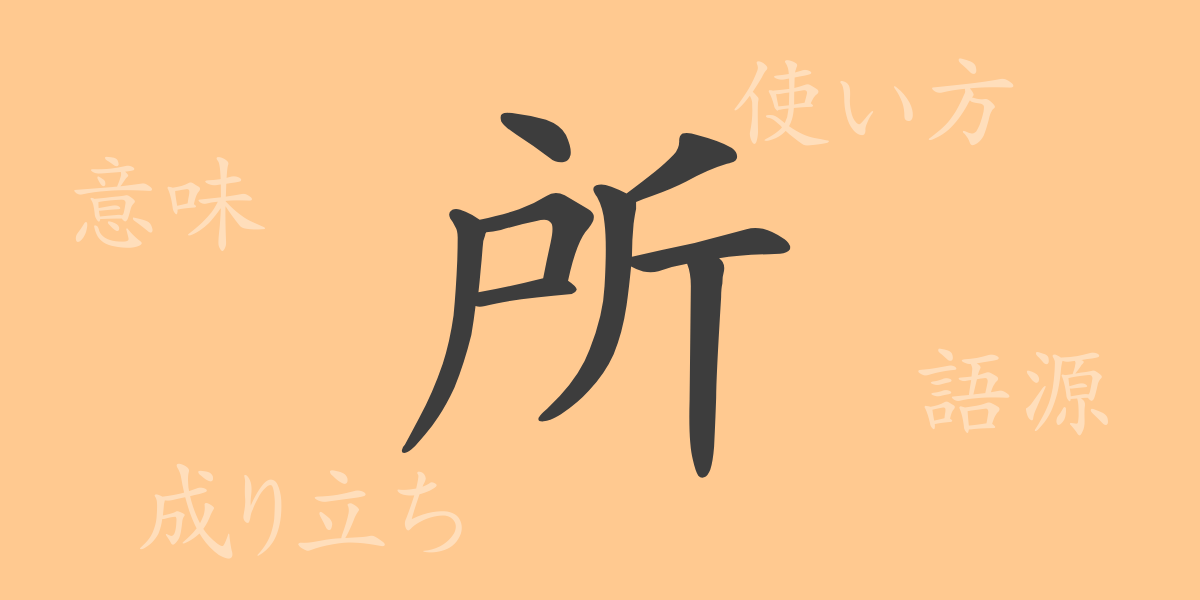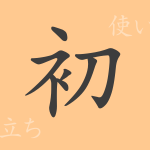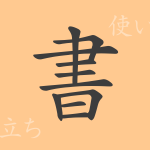The meaning of a single kanji character is deeply rooted in its form and history. The common Japanese kanji “所(しょ)” is one of the essential characters frequently used in daily life and business settings. In this article, we will explore the origin, meaning, usage, and various idioms and proverbs related to “所(しょ)” to reveal its full scope.
所の成り立ち(語源)
The kanji “所(しょ)” has its origins in ancient China. Initially, it was a combination of the radical for “戸(と)” meaning “door” and “斤(きん)” representing an axe, symbolizing a place where wood is cut to make doors. Over time, it evolved to generally denote a place and is used in various contexts.
所の意味と用法
“所(しょ)” is often used to indicate a place or location, but it also encompasses meanings such as “reason,” “situation,” and “point.” Additionally, it can be used to specify something, as seen in expressions like “所謂(いわゆる)” meaning “so-called.”
所の読み方・画数・部首
The readings and structure of the kanji “所(しょ)” have the following characteristics:
- 読み方: 音読みでは「ショ(しょ)」、訓読みでは「ところ(ところ)」
- 画数: 全部で8画
- 部首: 戸部(とへん)
所を使った熟語・慣用句・ことわざとその意味
There are numerous idioms, phrases, and proverbs that include “所(しょ),” demonstrating the richness of the Japanese language. For example, “所作(しょさ)” refers to a person’s actions or behavior, “所持(しょじ)” means to possess something, and “所詮(しょせん)” indicates “after all.” Additionally, “所為(せい)” signifies reason or cause, and “何所(どこ)” is a question word asking “where.”
所についてのまとめ
The kanji “所(しょ)” is used in a wide range of expressions in the Japanese language. Understanding its history, meaning, and examples of usage through this article can deepen your comprehension of Japanese. Whether in everyday life or business contexts, “所(しょ)” is an indispensable character that enriches our communication.

























